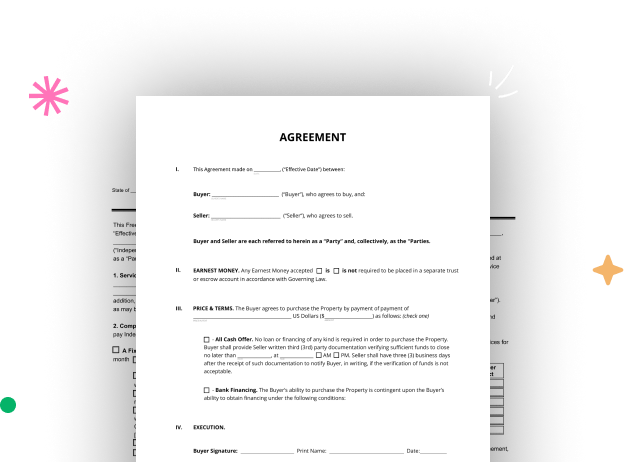

Navigate to the DocHub website and sign up for the free trial. This provides access to every feature you’ll need to create your Tenant Rights and Law without any upfront cost.
Sign in to your DocHub account and proceed to the dashboard.
Hit New Document in your dashboard, and choose Create Blank Document to create your Tenant Rights and Law from the ground up.
Add different elements such as text boxes, radio buttons, icons, signatures, etc. Arrange these fields to match the layout of your document and designate them to recipients if needed.
Rearrange your document easily by adding, moving, deleting, or merging pages with just a few clicks.
Turn your freshly designed form into a template if you need to send many copies of the same document numerous times.
Send the form via email, share a public link, or even post it online if you aim to collect responses from a broader audience.